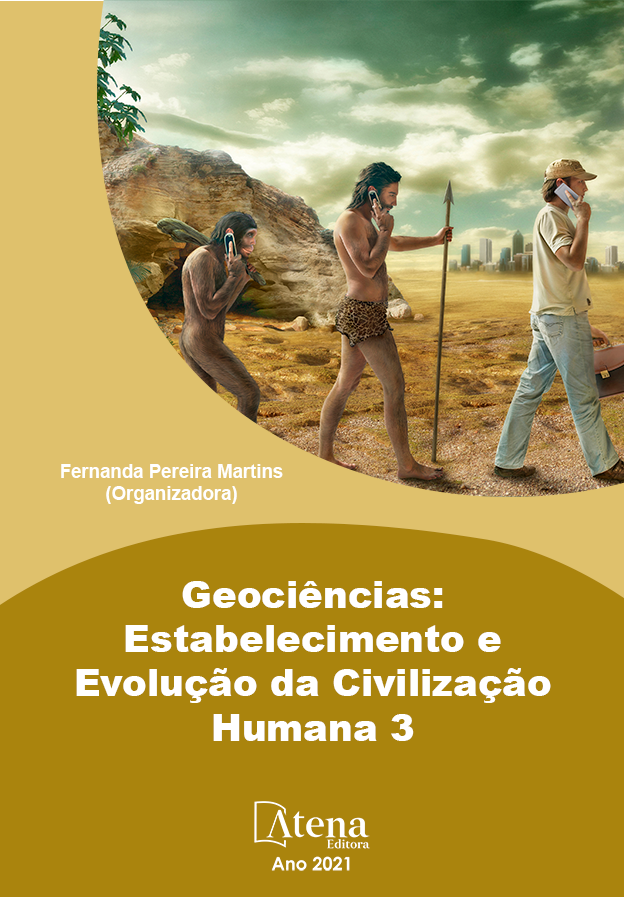
CURVA DE KEELING - A MEDIDA DA CONCENTRAÇÃO DE DIÓXIDO DE CARBONO – CO2 – NA ATMOSFERA: UM ENSAIO DE MODELAGEM VIA MÉTODO UNIVARIADO SARIMA
O objetivo desta pesquisa refere-se a construção de um modelo univariado SARIMA (auto-regressivo integrado sazonal de médias móveis) ajustado à variabilidade da medida da concentração de dióxido de carbono – CO2 – na atmosfera, com a finalidade de realizar a previsão desta variável a partir de seu comportamento temporal/histórico (valores no passado) e componente sazonal. Os dados de 1958 a 2020 de concentração de CO2 em partes por milhão (ppm) na Atmosfera foram obtidos no site da Scripps Institution of Oceanography. Os cálculos forem realizados linguagem R. O método consistiu de quatro etapas: (1) Estudo descritivo; (2) Análise e decomposição da série temporal; (3) Construção do modelo SARIMA com identificação, estimação dos parâmetros e análise dos resíduos; e (4) Previsões/simulações de concentração de dióxido de carbono – CO2. Concluiu-se que o modelo SARIMA (1,1,1) x (1,1,1)12 foi adequado em função da normalidade e independência dos seus resíduos. As previsões com o modelo indicam, sem considerar o intervalo de confiança de 95%, que em 2030, os valores de CO2 na Atmosfera estarão próximo a 438 ppm, um valor superior em 39% ao início das medições em 1958.
CURVA DE KEELING - A MEDIDA DA CONCENTRAÇÃO DE DIÓXIDO DE CARBONO – CO2 – NA ATMOSFERA: UM ENSAIO DE MODELAGEM VIA MÉTODO UNIVARIADO SARIMA
-
DOI: 10.22533/at.ed.9602117034
-
Palavras-chave: IPCC, série temporal, estimação dos parâmetros, previsões, análise de resíduos.
-
Keywords: IPCC, time series, parameter estimation, predictions, waste analysis
-
Abstract:
The objective of this research refers to the construction of a univariate model SARIMA (integrated seasonal regression of moving averages) adjusted to the variability of the measurement of the concentration of carbon dioxide - CO2 - in the atmosphere, in order to carry out the forecast of this variable based on its temporal / historical behavior (values in the past) and seasonal component. The 1958 to 2020 data on the concentration of CO2 in parts per million (ppm) in the atmosphere were obtained from the website of the Scripps Institution of Oceanography. The calculations are performed in R language. The method consisted of four steps: (1) Descriptive study; (2) Analysis and decomposition of the time series; (3) Construction of the SARIMA model with identification, parameter estimation and waste analysis; and (4) Carbon dioxide - CO2 concentration predictions / simulations. It was concluded that the SARIMA (1, 1, 1) x (1, 1, 1)12 model was adequate due to the normality and independence of its residues. The predictions with the model indicate, without considering the 95% confidence interval, that in 2030, the CO2 values in the atmosphere will be close to 438 ppm, a value 39% higher than the beginning of the measurements in 1958.
-
Número de páginas: 18
- Alexandre Boleira Lopo


